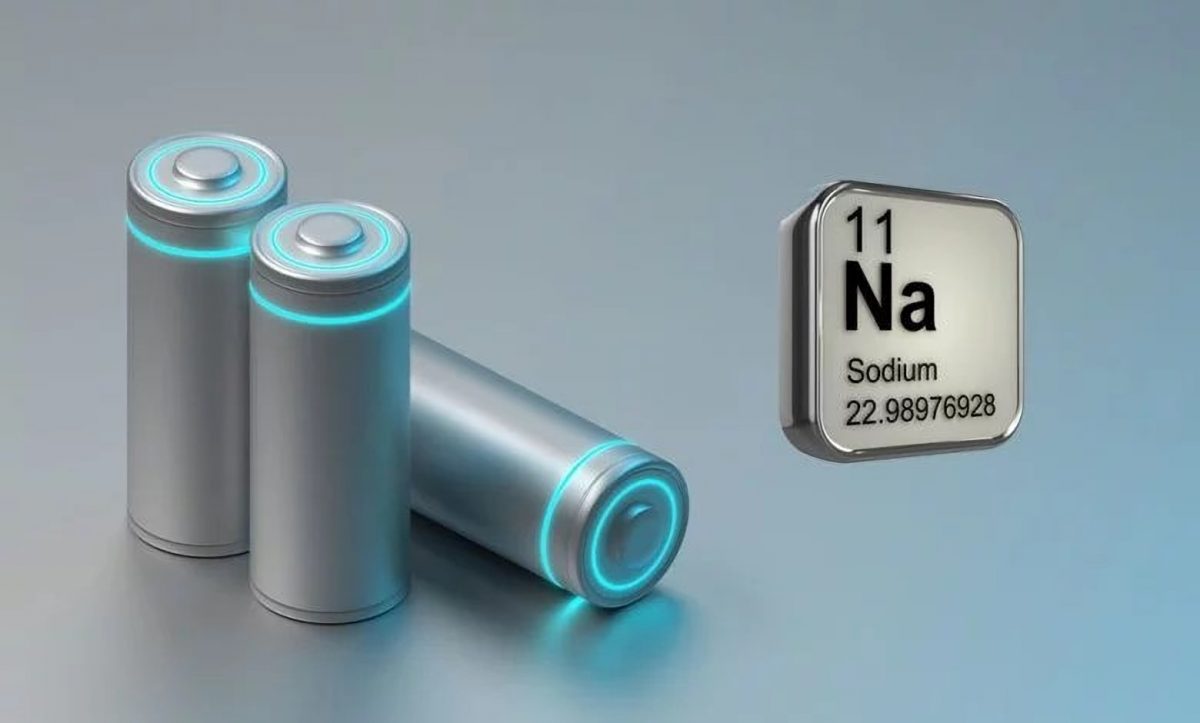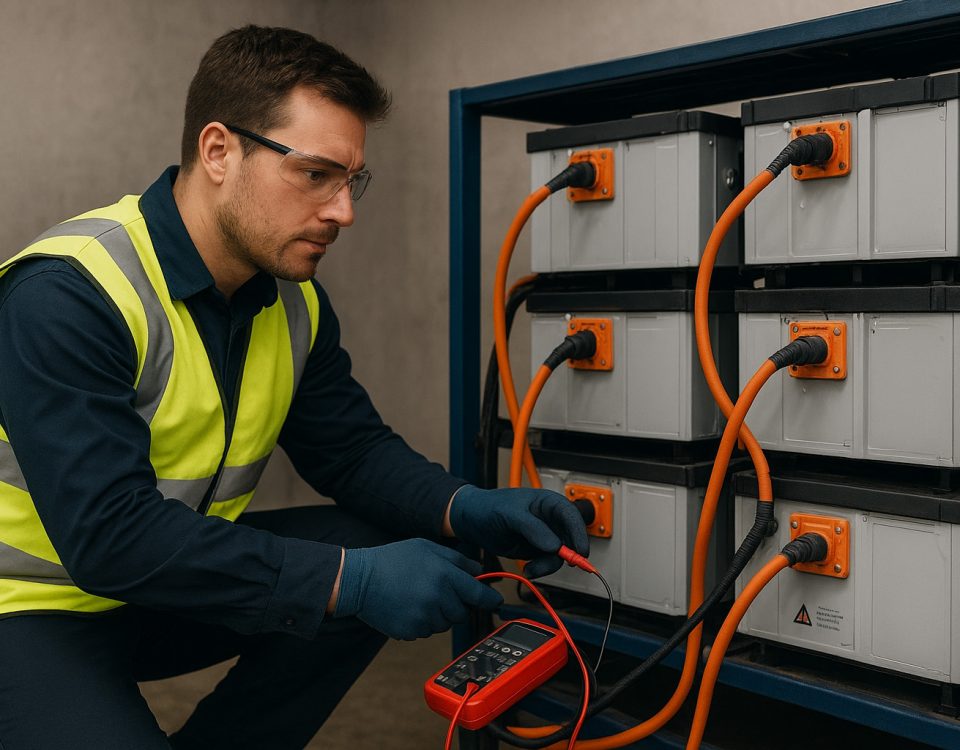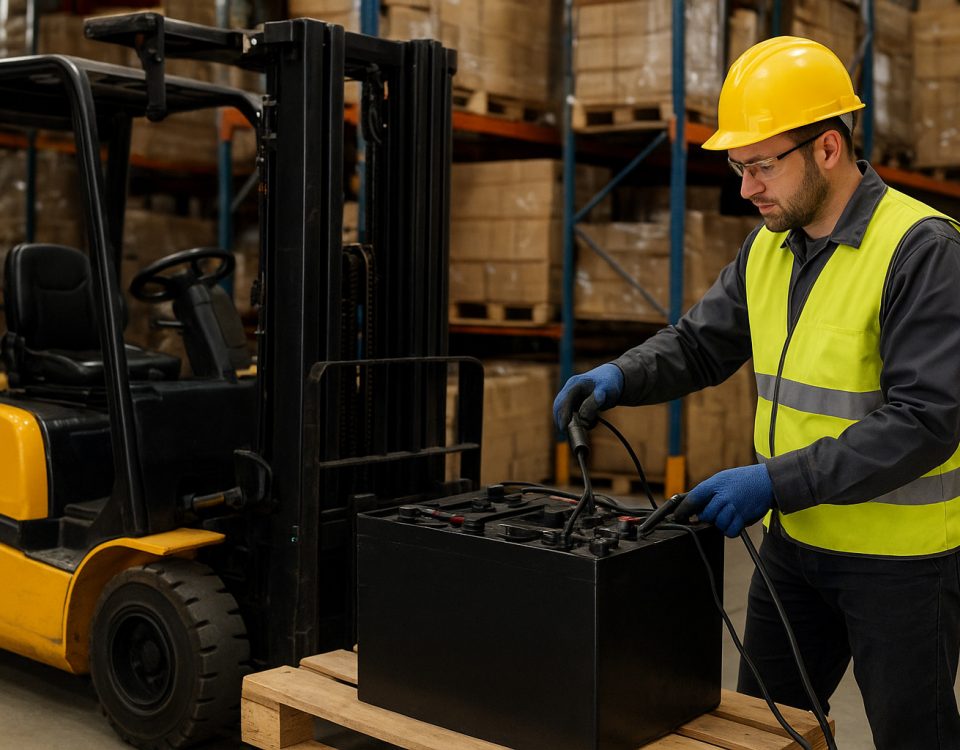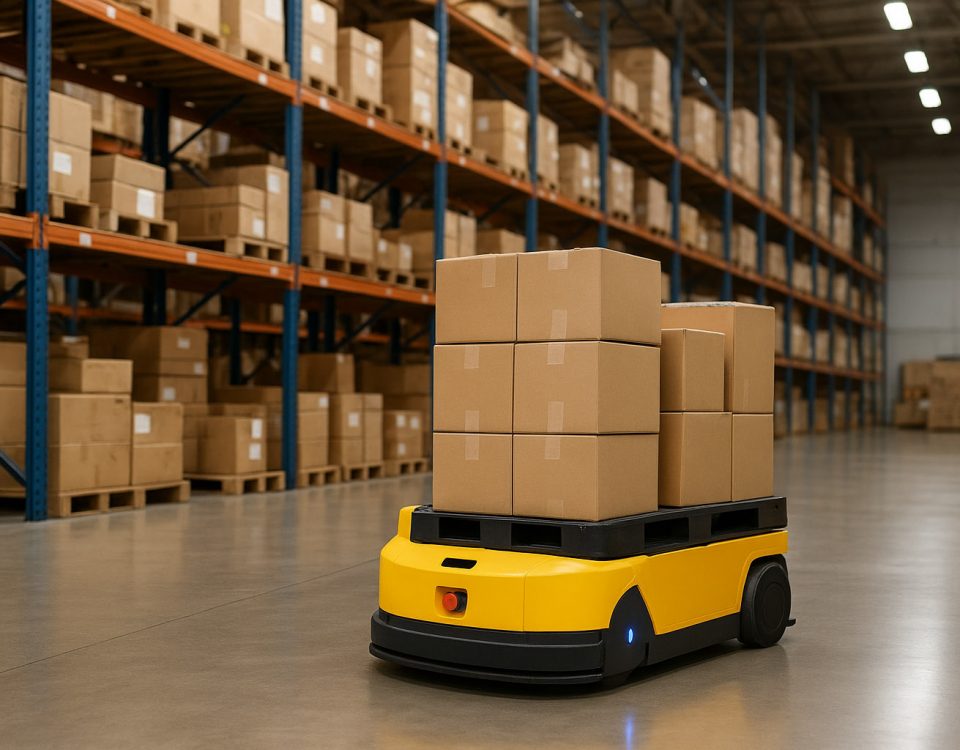Een praktische, up-to-date kijk op de chemie, sterke punten en realistische marktrol van natrium-iontechnologie
Natrium-ion batterijen zijn niet langer een curiositeit in het laboratorium - in 2024-2025 zijn ze van nicheonderzoeksprojecten overgegaan naar commerciële pilots en vroege productieruns. Hun opkomst is te danken aan drie nauw met elkaar verbonden feiten: natrium is overvloedig aanwezig en goedkoop, de chemie kan eenvoudiger en veiliger zijn dan die van sommige lithiumchemistries, en recente engineering op celniveau heeft veel van de prestatiekloof gedicht die natriumgebaseerde systemen ooit aan de zijlijn hield. Samen maken deze eigenschappen natrium-ion een aantrekkelijke optie voor grootschalige, kostengevoelige energieopslag en voor voertuigsegmenten waar absolute energiedichtheid minder belangrijk is dan prijs, levensduur en veiligheid.
Wat natrium-ion-accu's eigenlijk zijn (eenvoudige mechanica, moderne materialen)
In de kern werken natrium-ioncellen volgens hetzelfde basisprincipe als lithium-ioncellen: bij laden en ontladen bewegen positieve ionen tussen een anode en een kathode door een elektrolyt, terwijl elektronen door het externe circuit stromen. Het verschil zit in het bewegende ion - Na⁺ in plaats van Li⁺ - en de elektrodematerialen die dat grotere ion kunnen bevatten. De typische moderne natrium-ion anoden gebruiken harde koolstof of legeringsmaterialen (tin, fosfor) omdat grafiet niet efficiënt natrium interkaliseert; kathoden omvatten gelaagde oxiden, polyanionische verbindingen en Pruisisch-blauwe analogen die zijn ontworpen om natrium omkeerbaar te accepteren en af te geven. De celspanningen zijn iets lager dan die van veel lithiumchemicaliën (ongeveer ~3,0-3,7 V nominaal, afhankelijk van de chemie), wat bijdraagt aan verschillen in energiedichtheid, maar brede bruikbaarheid niet uitsluit.
De technische afwegingen - wat natriumion geeft en wat het vraagt
De voordelen van natrium zijn duidelijk: het is alomtegenwoordig en goedkoop (gewonnen uit zout en grote pekelbronnen), waardoor de grondstoffen minder gevoelig zijn voor geopolitieke knelpunten en prijspieken die de lithium- en grafietmarkten hebben getroffen. Deze veerkracht in de aanvoer is een belangrijk economisch argument voor het gebruik van natriumion. Na⁺ is echter groter en verspreidt zich langzamer dan Li⁺, dus als alle andere factoren gelijk blijven, leveren natrium-ioncellen historisch gezien een lagere gravimetrische energiedichtheid (typische hedendaagse bereiken liggen rond de 100-200 Wh/kg, terwijl mainstream lithium-ion-chemistries gewoonlijk tussen de 200-260 Wh/kg zitten). Dat verschil wordt kleiner als de techniek, het elektrodeontwerp en het celformaat worden geoptimaliseerd voor specifieke toepassingen.
Waar natrium uitblinkt ten opzichte van veel lithiumchemicaliën is de kostenstructuur, thermische stabiliteit en levensduurpotentieel. Natrium-ioncellen kunnen dure of aanbodbeperkte materialen zoals kobalt en, in sommige ontwerpen, zelfs nikkel vermijden. Hun thermisch gedrag is over het algemeen vergevingsgezinder, wat het thermisch beheer op pack-niveau vereenvoudigt en de veiligheidsmarges verbetert voor stationaire installaties en commerciële voertuigen waar gewicht minder kritisch is dan totale kosten en betrouwbaarheid.
Prestaties in de echte wereld en commerciële gereedheid (waar staan we nu)
De afgelopen 24 maanden heeft er een opmerkelijke versnelling plaatsgevonden van R&D naar proefproductie. Verschillende fabrikanten en onderzoeksgroepen hebben gemeld dat natrium-ioncellen van de tweede generatie de energiedichtheid in de richting van of voorbij de 200 Wh/kg duwen in demonstraties op celniveau - een drempel die bepaalde voertuig- en draagbare toepassingen realistischer maakt dan eerder gedacht. Intussen zijn bedrijven die zich richten op de netmarkt en de zware markt al bezig met prototypesystemen en kleine commerciële series waarbij de kosten per kWh en de levensduur de belangrijkste selectiecriteria zijn. Deze ontwikkelingen geven aan dat natrium-ion op korte termijn een geloofwaardige manier is om op te schalen in niches waar de sterke punten aansluiten bij de systeembehoeften.
Waar natrium-ion waarschijnlijk het eerst invloed zal hebben
Pragmatisch gezien zal de technologie het eerst winnen waar kosten, veiligheid en levenscyclus belangrijker zijn dan de piek-energiedichtheid:
- Net- en frequentieregeling: Grootformaatpakketten voor afvlakking van hernieuwbare energie, piekverschuiving en frequentieregeling profiteren van lage materiaalkosten, een lange levensduur en eenvoudiger thermisch beheer.
- Stationaire opslag voor commercieel en industrieel gebruik: Locaties die prioriteit geven aan levelized cost of storage (LCOS) zullen goedkopere celchemie met een robuuste levensduur verwelkomen.
- Budget en korte afstand EV's / tweewielers / micromobiliteit: Voertuigen met een bescheiden actieradius kunnen wat energiedichtheid inruilen voor een lagere pakketprijs en een snellere marktintroductie.
- Hybride verpakkingsstrategieën: Sommige OEM's onderzoeken gemengde pakketten die lithiumcellen (voor een hoge energiereserve) combineren met natriumcellen (voor snelladen of regeneratief remmen) om de totale systeemkosten en prestaties te optimaliseren.
Belangrijkste technische uitdagingen
Om de markt voor natrium-ion uit te breiden, moet de industrie nog aandacht besteden aan een aantal technische hindernissen: verbetering van de anodedichtheid en omkeerbaarheid om de specifieke energie te verhogen, verlaging van de kosten van elektrolyten en additieven terwijl door natrium veroorzaakte nevenreacties worden voorkomen en volledige validatie van de levensduur van de kalender op lange termijn onder echte thermische cycli. Het opschalen van de productie - het omzetten van laboratoriumrecepten in consistente productielijnen met een hoog rendement - is niet triviaal en zal bepalen of de beloofde kostenvoordelen per kWh op schaal werkelijkheid worden.
Hoe na te denken over natrium-ion in een toolkit voor systeemontwerp
Natrium-ion moet worden gezien als een aanvullende technologie in het bredere batterij-ecosysteem. Het is niet in alle gevallen een kant-en-klare vervanging voor hoogenergetische lithiumcellen, maar het is een aantrekkelijk opslagmedium met een lager risico als de kosten van grondstoffen, veiligheid en veerkracht van de toeleveringsketen hoge prioriteit hebben. Systeemarchitecten en energieplanners moeten natrium-ion evalueren op basis van criteria die belangrijk zijn voor hun toepassing: $/kWh geïnstalleerd, round-trip efficiëntie voor de beoogde bedrijfscyclus, vereiste levensduur en complexiteit van het thermisch beheer - niet alleen op basis van Wh/kg. Voor veel toepassingen op het elektriciteitsnet en commerciële toepassingen zijn deze criteria in het voordeel van natriumion, nu of op korte termijn.
Conclusie: pragmatisch optimisme, geen hype
Natrium-ion accu's vormen een pragmatische, goedkopere manier om op te schalen energieopslag en elektrificatie mogelijk maken in segmenten waar lithium onnodig of onhoudbaar is. De recente vooruitgang van de technologie - materiaalontwikkeling, proefproductie en gerichte toepassingen - maakt het een van de interessantere "aanvullende" batterijtechnologieën om de komende vijf jaar in de gaten te houden. Het gebruik zal stapsgewijs en op basis van specifieke toepassingen gebeuren, maar wanneer natrium-ion aan de juiste systemen wordt gekoppeld, belooft het echte verlagingen van de kosten en de kwetsbaarheid van de toeleveringsketen, zonder dat dit ten koste gaat van de veiligheid of de levensduur.




